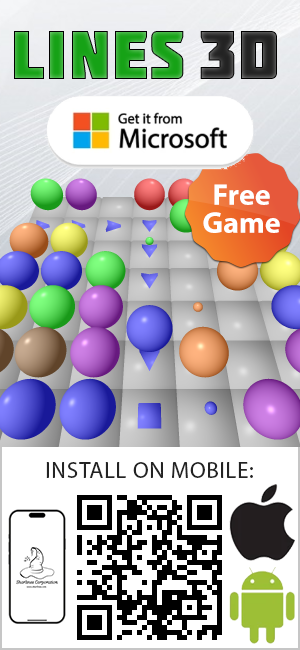I developed some prototype of a custom layout panel on Universal Windows Platform called DynamicSplitter that contains multiple child panes and arranges them horizontally or vertically depending on its IsHorizontal property of type bool. To support heterogeneous layout of panes, DynamicSplitter itself is used as the child pane of another DynamicSplitter with different IsHorizontal property. So, for example, the parent splitter can have two panes split horizontally one of which is a user control and other is the child splitter, and the child splitter can have three panes split vertically and so on.
Regardless of DynamicSplitter has a lot in common with Grid or StackPanel it is inherited directly from Panel and lays out its child panes by overriding MeasureOverride(…) and ArrangeOverride(…) functions:




